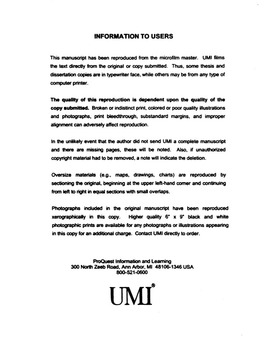| dc.contributor.advisor | Kalbfleisch, George, | en_US |
| dc.contributor.author | Luo, Wei. | en_US |
| dc.date.accessioned | 2013-08-16T12:18:38Z | |
| dc.date.available | 2013-08-16T12:18:38Z | |
| dc.date.issued | 2002 | en_US |
| dc.identifier.uri | https://hdl.handle.net/11244/495 | |
| dc.description.abstract | Magnetic monopoles can be used to explain the quantization of electric charge, and are predicted by gauge field theory. If monopoles exist, they could have been produced by the proton-antiproton collisions at the Tevatron collider---the highest energy accelerator existing in the world, and trapped in the CDF and DO detectors. We took Al, Be, and Pb samples from the Tevatron and used the induction technique with SQUIDs (Superconducting Quantum Interference Devices) to detect monopoles in the samples. We did not find monopoles, but we have set new limits for the monopole mass and the relavant cross section based on a Drell-Yan model and Monte Carlo calculation. | en_US |
| dc.format.extent | x, 221 leaves : | en_US |
| dc.subject | Physics, Elementary Particles and High Energy. | en_US |
| dc.subject | Proton-antiproton colliders. | en_US |
| dc.subject | Super conducting quatum interference devices. | en_US |
| dc.subject | Magnetic monopoles. | en_US |
| dc.title | Search for magnetic monopoles possibly produced by proton-antiproton collisions at the Tevatron collider. | en_US |
| dc.type | Thesis | en_US |
| dc.thesis.degree | Ph.D. | en_US |
| dc.thesis.degreeDiscipline | Homer L. Dodge Department of Physics and Astronomy | en_US |
| dc.note | Major Professor: George Kalbfleisch. | en_US |
| dc.note | Source: Dissertation Abstracts International, Volume: 63-06, Section: B, page: 2885. | en_US |
| ou.identifier | (UMI)AAI3056946 | en_US |
| ou.group | College of Arts and Sciences::Homer L. Dodge Department of Physics and Astronomy | |
